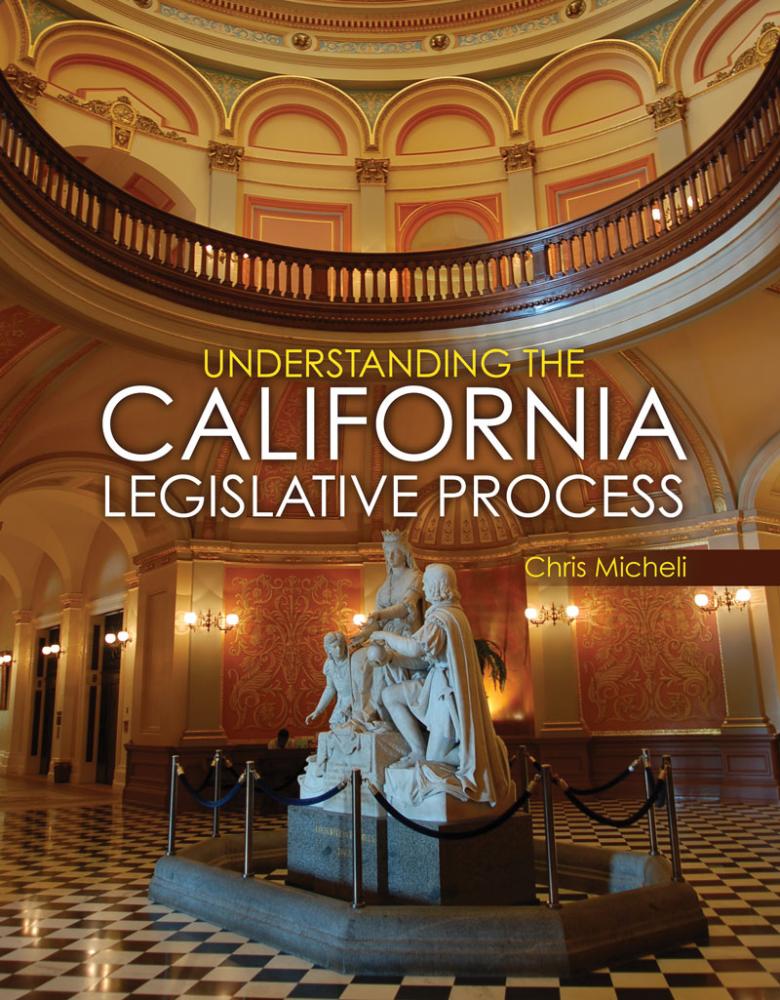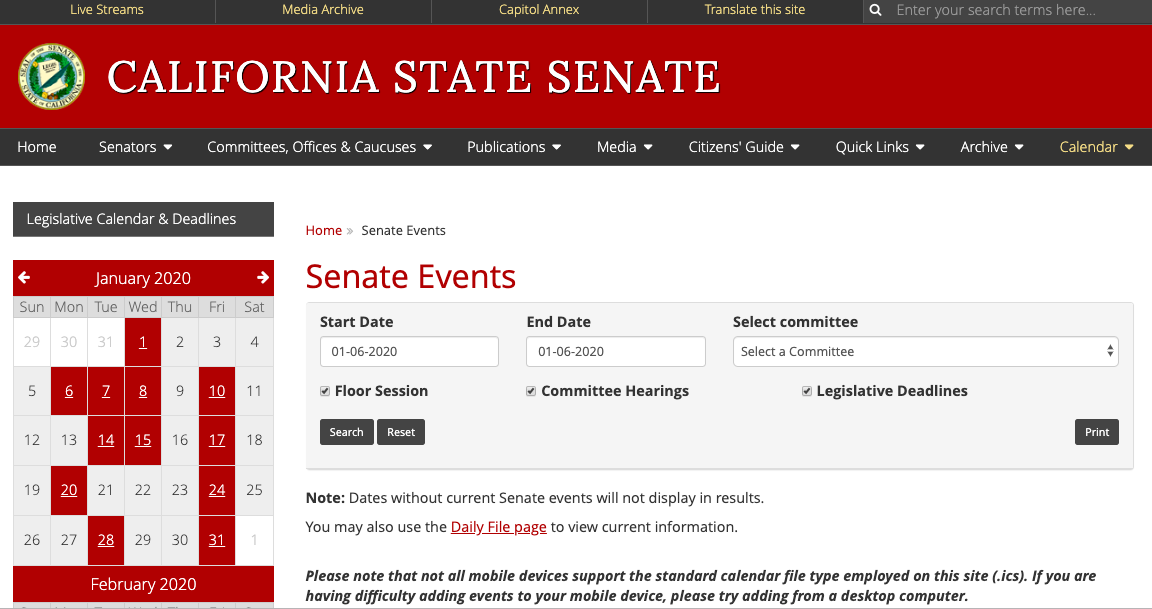
The Legislative Bill Room, California State Capitol. (Photo: ca.gov)
The Anatomy of a California Legislative Resolution
Legislative Counsel’s Digest, merely states what the resolution would do
By Chris Micheli, October 27, 2020 6:15 am
In the California Legislature, Members of the Assembly and Senate can introduce three types of resolutions. What are the component parts of a resolution? In terms of its anatomy, a resolution contains the following provisions:
Legislative Session. At the top of each bill, the following language appears: “California Legislature – 2019-2020 Regular Session.” The only two items that change would be the 2-year Legislative Session, and if there is an Extraordinary Session (also called a special session), rather than a Regular Session.
Resolution Number, which follows the words “House Resolution,” “Senate Resolution,” “Assembly Concurrent Resolution,” “Senate Concurrent Resolution,” “Assembly Joint Resolution,” and “Senate Joint Resolution.” The Assembly Chief Clerk or the Secretary of the Senate assigns the resolutions their numbers for each resolution introduced in its respective house of origin, usually in the order in which it was received at the Assembly or Senate Desk. This number remains the same throughout the legislative process, even when the measure is considered in the second house.
Author(s), as well as principal coauthors and coauthors. In the U.S. Congress and many state legislatures, the author of the bill is known and referred to as the “sponsor.” In the California Legislature, the author is the legislator who authors the resolution. The first line always lists the main author(s) who introduced the resolution. Below the first line lists any principal coauthor and the next line lists any coauthor. One list is used for the house of origin coauthors and another line below that is used for coauthors from the other house.
Date Introduced, as well as Date Amended, with the house making the amendment listed (i.e., the Senate or Assembly).
Resolution Title, which is a short phrase, also called the “Relating” clause because it begins with the phrase: “Relative to ….” The title must encompass the subject matter contained in the resolution.
Legislative Counsel’s Digest, merely states what the resolution would do.
Digest Key, which contains only the fiscal committee key.
Resolution Text, which is the actual language of the resolution, containing “Whereas” and “Resolved” clauses. These are the provisions that make up the anatomy of a bill in the California Legislature.
- Visitation Rights for Minor Children - January 7, 2026
- Health Insurance Assignment - January 7, 2026
- Court-ordered Child Support - January 6, 2026




